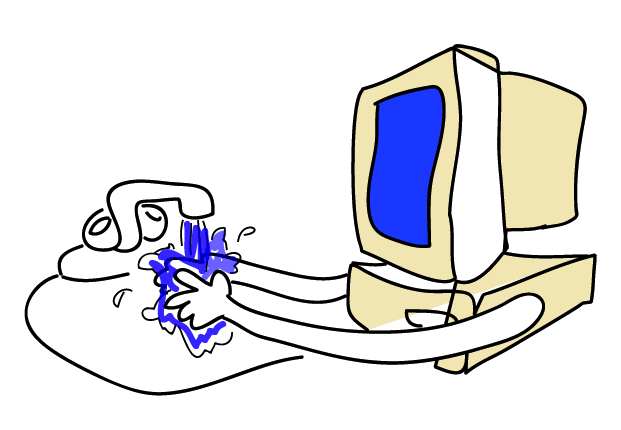
Janine Gibson, editor in chief of the Guardian U.S., recounted the challenges of publishing national security stories like the Edward Snowden leaks. “These stories are very expensive,” she said. “You need a lot of lawyers, a lot of plane tickets and you need a lot of care and attention.”
The law regarding source protection and surveillance is currently in flux, said panelist Nabiha Syed, founder of Drone-U and a media lawyer.
“In the interim, technological solutions are key,” Syed said. She calls the adoption of secure technological habits a form of “digital hygiene” for journalists. However, she cautions that technology can only provide so much protection and that journalists can still be subpoenaed. “If you come into the crosshairs of a prosecution there’s not a lot you can do.”
For journalists who want to protect their sources, encryption technologies are critical. “Right now what we do on the internet and say on the phone is like an open book,” said panel member Micah Lee, a technologist at the Electronic Frontier Foundation. Although NSA devotes resources to cracking these codes, encryption tools like Tor and PGP have proven remarkably strong, Lee said.
Good habits regarding digital security can also help sources feel more secure. Lee recounted how Glenn Greenwald, the journalist who wrote the Snowden stories and who has since left the Guardian, almost lost Snowden as a source due to technophobia. Snowden wanted to use PGP to communicate and Greenwald kept putting off implementing the program, deterred by how difficult it was to use.
Over time surveillance technologies trickle down from the national to the state and local levels, added Syed. Local police departments can use drones to surveil protests and read license plate numbers. Encryption can protect sensitive sources inside a City Council, as well as those within federal agencies.
Right now, many secure tools aren’t as user-friendly as programs like Skype and Gmail, which the government can surveil. “We need to invest in these,” said Lee. “They’re good for democracy.”
A BEGINNER’S TOOLKIT:
Tor – A free software that masks online traffic and protects anonymity.
PGP – Though not the most user-friendly application, PGP (Pretty Good Privacy) is an industry standard for encrypted communication.
TrueCrypt – Free, open-source disk encryption that protects your files.
CCleaner, BleachBit, FileShredder – Each of these programs wipes clean your hard drive and deletes all temporary files.
CryptoCat – Private, encrypted chat that feels like a standard instant messaging service.
ADDITIONAL RESOURCES ON SECURITY:






1 comment
Comments are closed.